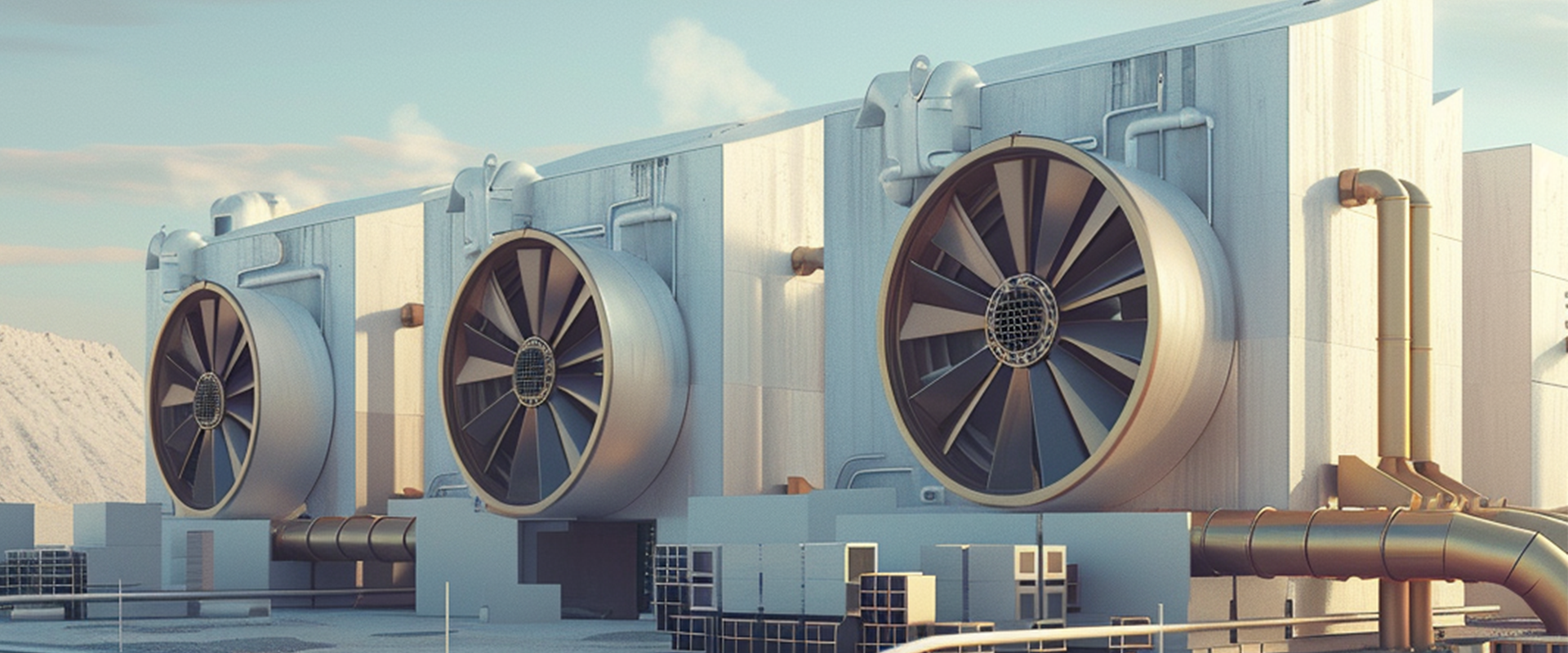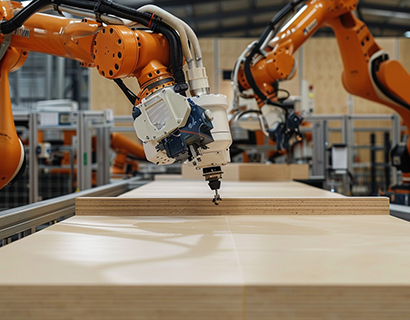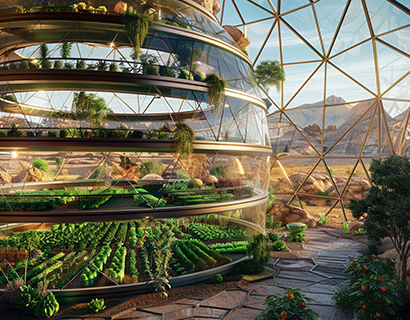Cryogenic power plant development
Unveiling the Potential of Cryogenic Power Plants: A Leap Towards Sustainable Energy
In the quest for sustainable and innovative energy solutions, the development of cryogenic power plants represents a groundbreaking advancement. These plants, which harness environmental heat and transform it into usable energy, could potentially reshape how we think about power generation in the face of global warming and energy crises.
What is a Cryogenic Power Plant?
A cryogenic power plant operates by utilizing the ambient heat from its surroundings to generate electricity. This process involves cooling air or other gases to extremely low temperatures until they liquefy. When this liquid is allowed to vaporize, it expands rapidly, spinning a turbine connected to a generator, thus producing electricity. The working principle is not just about generating power but also about enhancing efficiency in a way that could significantly mitigate the heat we release back into the environment—a critical factor in the global conversation about reducing greenhouse gas emissions.
How Does It Work?
- Compression: Air is compressed to high pressures, raising its temperature.
- Cooling and Liquefaction: The compressed air is cooled, typically using a multi-stage cooling process until it liquefies.
- Storage: The liquid air is stored in insulated tanks until needed.
- Expansion and Energy Generation: When demand for electricity arises, the liquid air is allowed to expand back into a gaseous state. This expansion occurs through a turbine, which drives a generator to produce electricity.
- Run the thermocycle utilizing the heat of change of state to cool the next cycle gases. And the process starts over.
The Dual Benefit: Power Generation and Environmental Cooling
Aside from generating electricity, cryogenic power plants offer a unique environmental benefit: the cooling effect. As the system operates, it absorbs significant amounts of heat from the environment, which can help mitigate local heat island effects, especially in urban or industrial areas. This dual functionality not only positions cryogenic power plants as a source of renewable energy but also as a tool for environmental management.
Water Production: An Added Advantage
An often overlooked benefit of cryogenic power plants is their ability to produce water. During the process of air liquefaction, moisture in the air condenses and can be collected. In arid regions or places with limited freshwater resources, this could provide an essential source of clean water.
Challenges and Future Prospects
Despite the promising advantages, the widespread adoption of cryogenic power plants faces several challenges:
- Energy Consumption: The initial phase of air compression requires substantial energy, which currently limits the overall efficiency of the system.
- Technological Complexity: The technology involves sophisticated equipment and materials that can withstand extremely low temperatures, necessitating advanced engineering and significant capital investment.
- Scalability: Scaling this technology to levels that can compete with conventional power plants in terms of capacity and reliability is a major hurdle.
However, ongoing research and development are focused on overcoming these challenges. Innovations in material science, energy storage, and thermodynamic processes are gradually paving the way for more efficient and economically viable cryogenic power systems.
Conclusion
The development of cryogenic power plants is still in its nascent stages, but the potential impacts on our energy grids and environment are profound. As we continue to strive towards a balance of energy needs and environmental preservation, technologies like cryogenic power generation stand out as beacons of hope. They not only offer a method to harness the untapped thermal energy of our planet but also provide a pathway to a cooler, more sustainable world.





